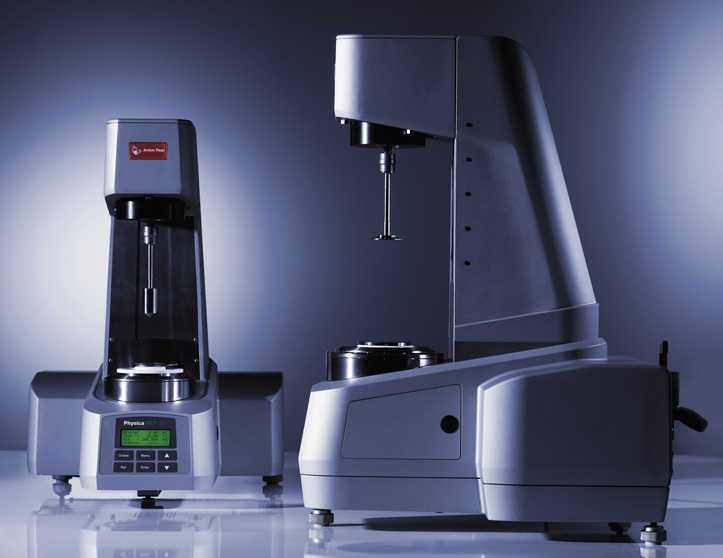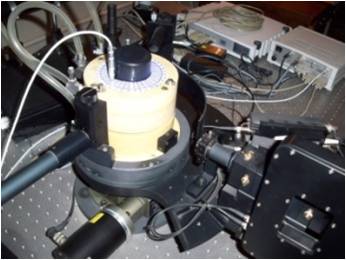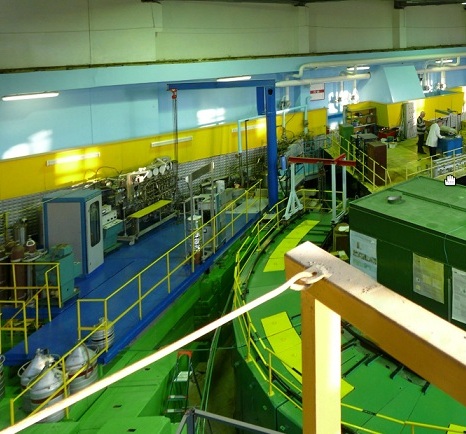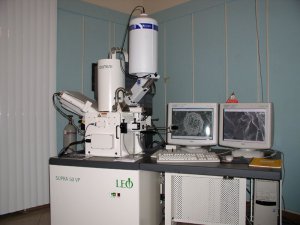Laboratory of Associating Polymers and Colloids
RHEOLOGY
Rheology is used for characterizing the rheological properties (viscosity, elasticity,
relaxation time etc.) of soft, viscoelastic materials and complex fluids.
LIGHT SCATTERING
Light scattering is used to determine the size of individual macromolecules and various
self-assembled objects (micelles, aggregates of macromolecules, interpolymer
complexes, microemulsion droplets stabilized by surfactant), typically in dilute solutions.
NEUTRON SCATTERING
Neutron scattering is used to determine the size, shape and interactions in various self-
assembled objects (micelles, microemulsion droplets stabilized by surfactant etc.). The
experiments are performed at the Joint Institute for Nuclear Research (Dubna, Russia).
EXPERIMENTAL TECHNIQUES, which we use frequently
|
RHEOLOGY
|
LIGHT SCATTERING
|
NEUTRON SCATTERING
|



ABSORPTION SPECTROSCOPY
UV-Vis absorption spectroscopy is used to determine the concentration of different
substances (drugs, dyes, probe molecules etc.) in solution, e.g. for the study of
uptake and release of drugs by microgels.
FLUORESCENCE SPECTROSCOPY
Fluorescence spectroscopy is used to study the formation of hydrophobic domains in
various self-assembled objects (micelles, aggregates of macromolecules etc.).
ELECTRON MICROSCOPY
Scanning and transmission electron microscopy is used to visualize the objects
under study.
|
ABSORPTION
SPECTROSCOPY
|
FLUORESCENCE
SPECTROSCOPY
|
ELECTRON
MICROSCOPY
|


